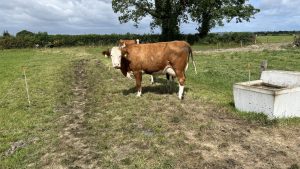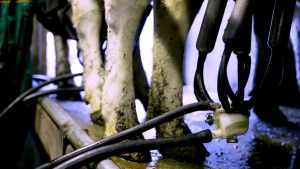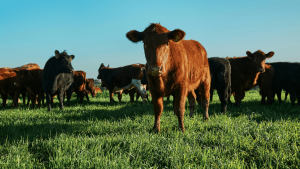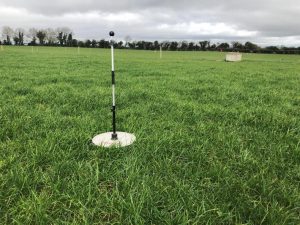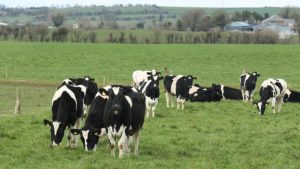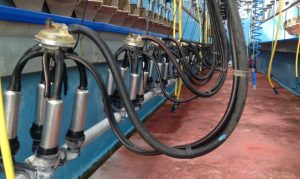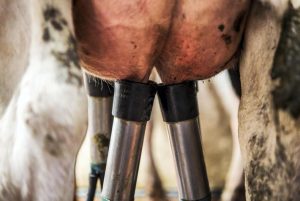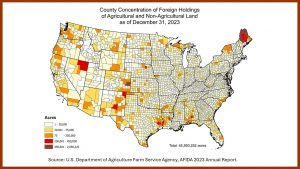
While touring in Ireland between 1776 and 1779, the English agricultural writer Arthur Young described a practice in the Golden Vale at the time, saying: “Vast numbers of calves are killed at two to three days old for an execrable veal they call ‘staggering Bob’, I suppose from the animal not being old enough to stand steady on its legs.”
The near 250-year-old anecdote about the dish, which involved scalding calf flesh and frying it with bacon, highlights that the birth of dairy bull calves has long been an issue on Irish farms.
The only thing that is surprising about the most recent discovery of several hundred dead calves on a farm in Co Limerick is that the dairy industry did not make some kind of provision for what was going to be an obvious increase in the birth of dairy bull calves following the abolition of dairy quotas in 2015.
In the first four months of last year, 23,524 dairy bull calves under six weeks of age were killed in beef factories. In contrast, just 643 of their more valuable female counterparts met the same fate. The figures, available on the Department of Agriculture website, highlight that the rising slaughter of these calves has been an open secret for years, with one abattoir in Co Limerick saying it had to “turn farmers with calves away” during the peak calving period in spring.
While the industry as a whole has remained largely silent on the discovery, behind closed doors there has been much hand-wringing. Irish dairy exports are worth €5 billion annually and the country prides itself on having high animal welfare standards and a green image. It remains the most profitable sector, with dairy farmer incomes at almost €100,000 — five times higher than their beef farming counterparts.
But the stark truth is that dairy calves are viewed as almost worthless by the industry and the options for dealing with them are limited.
Sexed semen will only ensure that more female calves are born at a time when the industry has promised to level dairy cow numbers due to climate and pollution concerns. The export of roughly 200,000 of them every year to continental veal farms to be someone else’s problem will soon be stopped due to animal welfare concerns and euthanising them on farms is seen as a public relations disaster.
Therefore, with limited options, a dairy farmer will turn to a calf dealer, who takes the low value calves away. This can lead to incidents like the recent one in Co Limerick and another in Co Galway last year, where 270 calves were discovered.
When no one within the industry is taking responsibility for the problem, it almost makes it look like the farmer taking a calf to an abattoir or factory to be slaughtered at birth is doing the humane, responsible thing.
The issue is far from being resolved and unless the Irish population develops a taste for Young’s veal recipe, the industry is shortly going to be left with not just a calf welfare issue but a calf welfare crisis.




